Print out the sheet music:
(Click on the music below and click on the 2nd slide for the music on the next page.)
I was looking for some tune suggestions I could play for folks, and Steven Coyne—who’s part of the Playing the Bagpipe community—suggested “The Walrus.”
The Walrus is a hornpipe in 2/4 time. It’s a lively tune, but what I’d like to do is take it apart—reduce it to the ridiculous, so to speak.
Because it’s in 2/4, we’re dealing with a lot of 16th notes. Think of it this way:
-
2/4 time = 4 eighth notes
-
Each eighth note can be split into two 16th notes
-
So we have 8 sixteenth notes per measure
Now, what I’m going to do is show you how to play it in 8/16 time. When I tap my foot at a walking pace, I’m tapping to the 16th note. That gives me the chance to really open up all the doublings and ornamentation.
Here’s The Walrus in 8/16 time:
🎵
(Insert playing)
🎵
Did you hear that?
Again, I’m tapping at a walking pace, playing to the 16th notes. What you should do is practice that slowly and cleanly, until you can play it without any mistakes. Once you’ve got it, move it up to 4/8 time, which means you’ll tap your foot to the eighth notes instead.
Here it is in 4/8 time:
🎵
(Insert playing)
🎵
The key to learning a tune like this is to play it slowly and precisely. When someone tells me they’re having trouble memorizing a tune, I often ask, “Can you sing it?” If not, that’s where you need to start.
Here’s an example of how I’d sing it in 4/8 time:
“Four and one, two, three and four and one and two and three…”
(Singing through the rhythm…)
If you can sing it, you’ll be much more likely to memorize it. But also, if you play it slow and precise, your brain and fingers will develop consistent muscle memory.
If you play fast and sloppy, your brain won’t know what to remember—you’ll have played it 50 different ways! But if you start slow (at 8/16), then move up to 4/8, then finally play it in 2/4, everything will come together.
Here’s The Walrus in 2/4 time:
🎵
(Insert playing)
🎵
It’s a great tune and a bit of a challenge. I think the hardest part of playing a hornpipe like this is keeping your 16th notes even. Oddly enough, adding dots and cuts often makes things easier, but this one flows straight through.
I hope you enjoyed the lesson! If there’s anything else I can help you with, please leave a comment below or send me an email.
Have a great day—
The books below were designed to develop your rhythm skills using tunes that you may already know.
Click on the books for more information
Send us a message.
Tips and gratuities are always gratefully accepted!


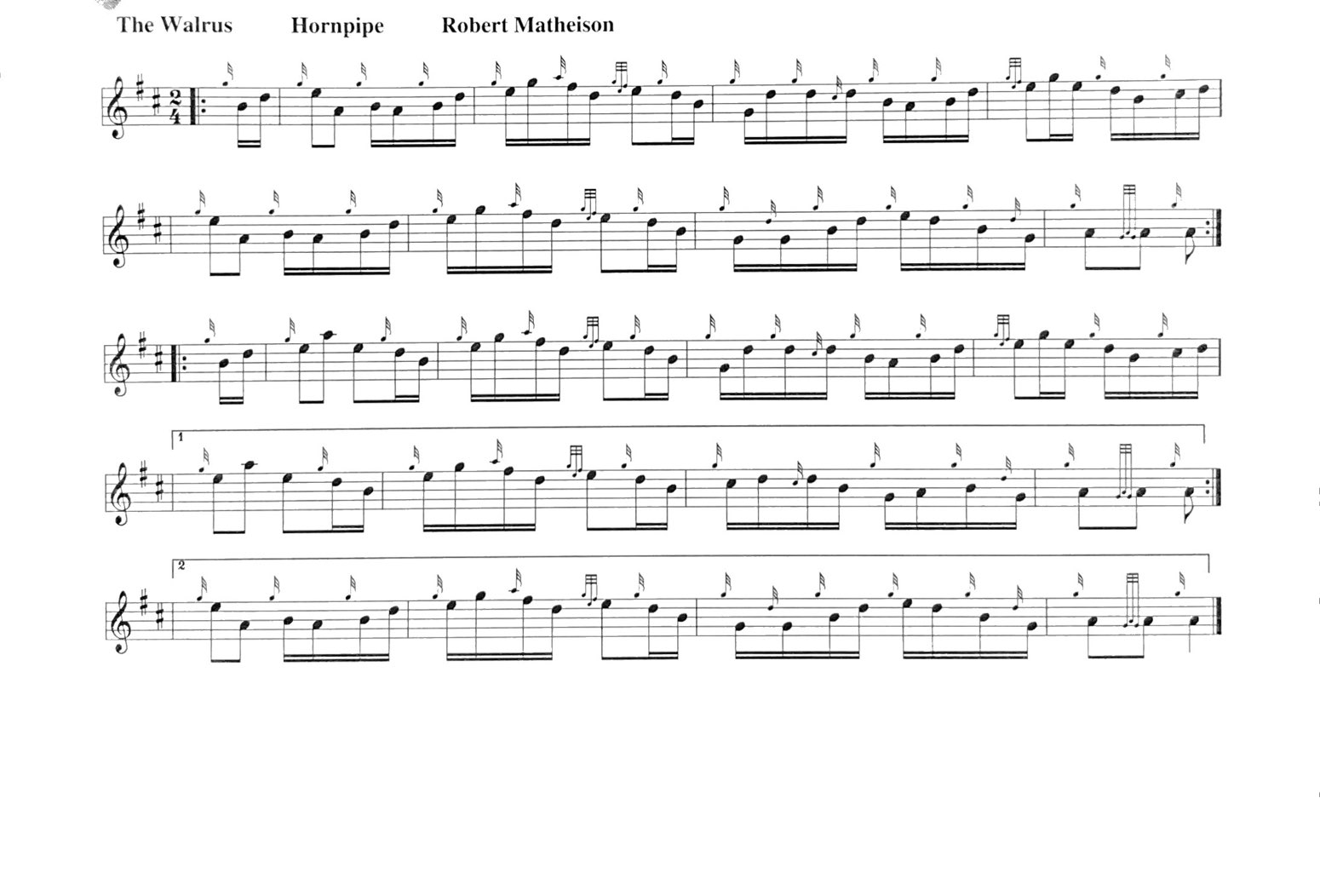
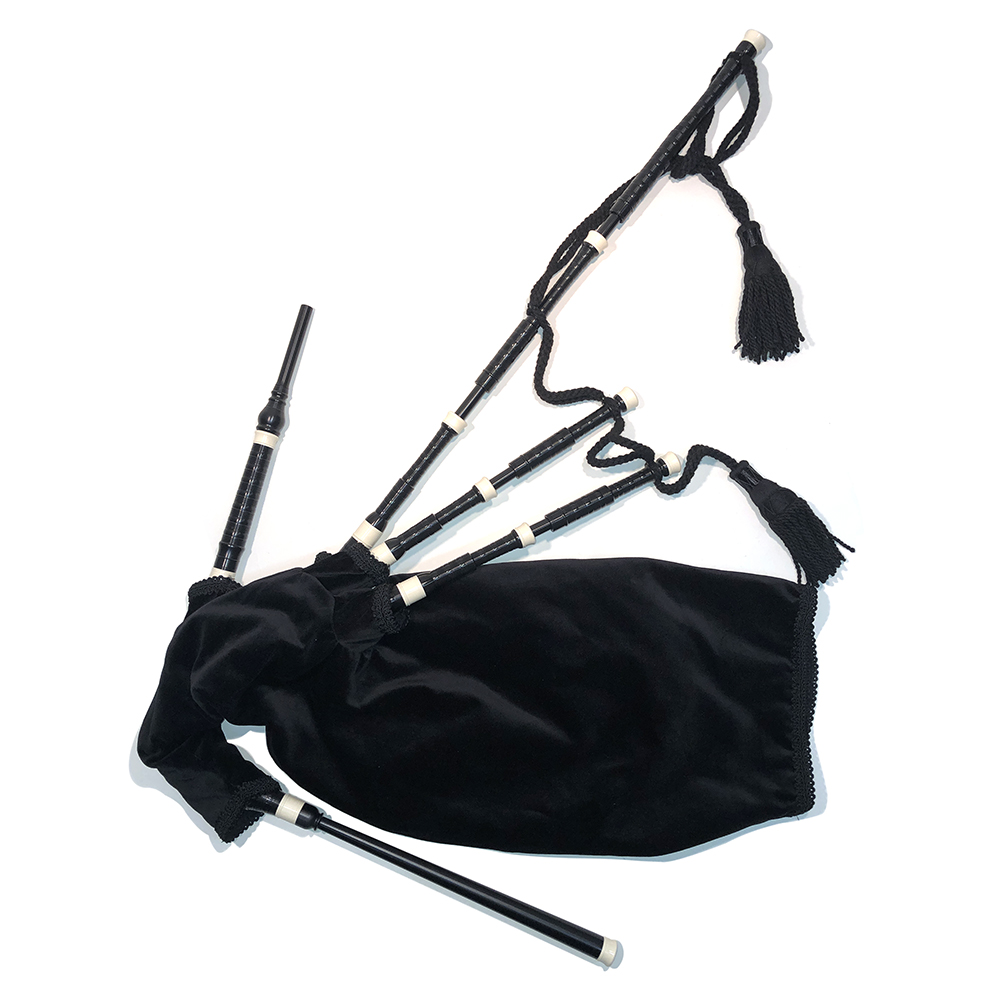
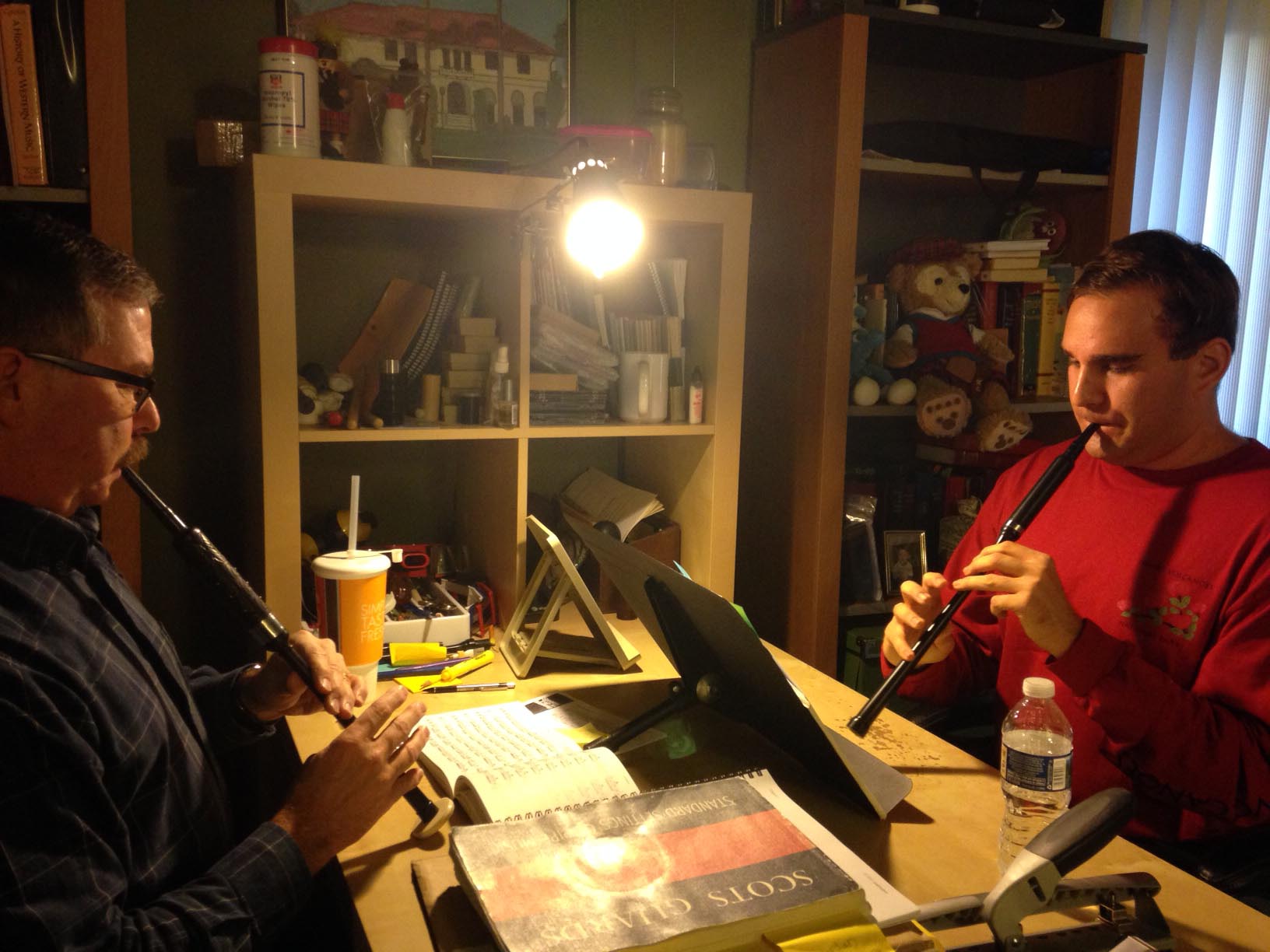
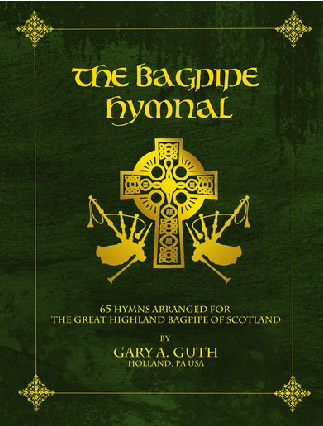
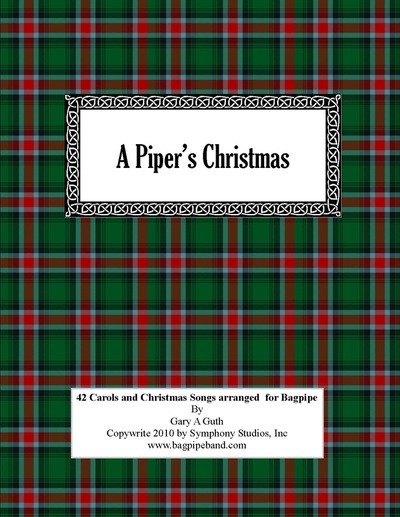
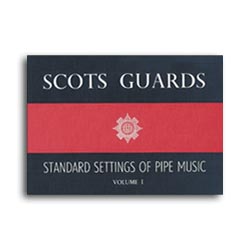
0 Comments